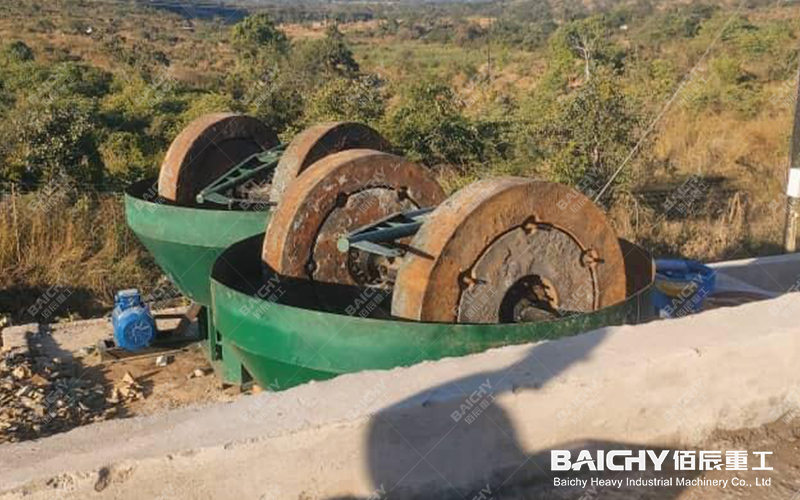
There are many types of grinding mills, which can be pided according to different classification standards. Here are some common types of grinders:
1. Swing type mill:
Raymond mill: a new type of grinding equipment, that is more efficient than a ball mill, consumes less energy, and occupies a smaller area. The screening rate is as high as 99%, and it is especially suitable for various stone and non-metallic materials with Mohs hardness below 7 and humidity within 6%.
High-pressure suspension roller mill: widely used in metallurgy, building materials, chemical industry, mining, and other industries, suitable for processing various non-flammable and explosive materials with Mohs hardness below 9.3 and humidity below 6%.
The European version of the grinding mill (intelligent heavy-duty) and micro grinding mill, etc.
2. Vertical grinding mill:
Vertical roller mills and ultra-fine vertical mills are a new type of energy-saving and consumption-reducing production line equipment, which have more advantages than other similar production line equipment in terms of energy consumption and environmental protection.
3. Ball mill:
Including overflow ball mill, ceramic ball mill, grid ball mill, etc.
According to the capacity and fineness of the mill, it can be pided into:
Coarse grinding (0-80 mesh): including coarse powder grinding machine, etc.
Fine grinding (80-325 mesh, 80-400 mesh): including Raymond mill, high-pressure suspension roller mill, over-pressure step mill, European version mill (intelligent heavy-duty), ball mill, vertical mill, etc.
Ultra-fine grinding (325-3250 mesh): including ultra-fine vertical grinding, micro-grinding, etc.
4. Other types:
Straight-through centrifugal mill, three-ring medium-speed mill, etc.
It should be noted that the selection of a grinding mill should be comprehensively considered based on specific material properties, processing requirements, production scale, and other factors. Different types of grinding mills may have differences in structure, function, efficiency, etc. Therefore, choosing a suitable grinding mill is of great significance to improving production efficiency and product quality.

Which is more energy efficient, ball mill or vertical mill?
In terms of energy saving, vertical mills are generally more energy efficient than ball mills.
The vertical grinding mill adopts advanced grinding principles and structural design to achieve efficient grinding operations. Its energy utilization rate is higher and energy consumption is lower. Specifically, when the raw material grindability and product particle size are the same, the vertical mill's power consumption can be reduced by 30% to 50% compared to the ball mill. In addition, the vertical mill also has the advantages of relatively simple process flow, small infrastructure investment, high product homogeneity, and high purity.
However, ball mills also have their specific application scenarios and advantages. Ball mills also have their own characteristics in terms of grinding efficiency and processing capacity, and may be more suitable in certain specific processes.
In general, choosing which equipment is more energy-saving requires comprehensive consideration based on specific process requirements, material characteristics, production scale and other factors. In practical applications, the most suitable grinding mill equipment can be selected according to production needs and conditions.











